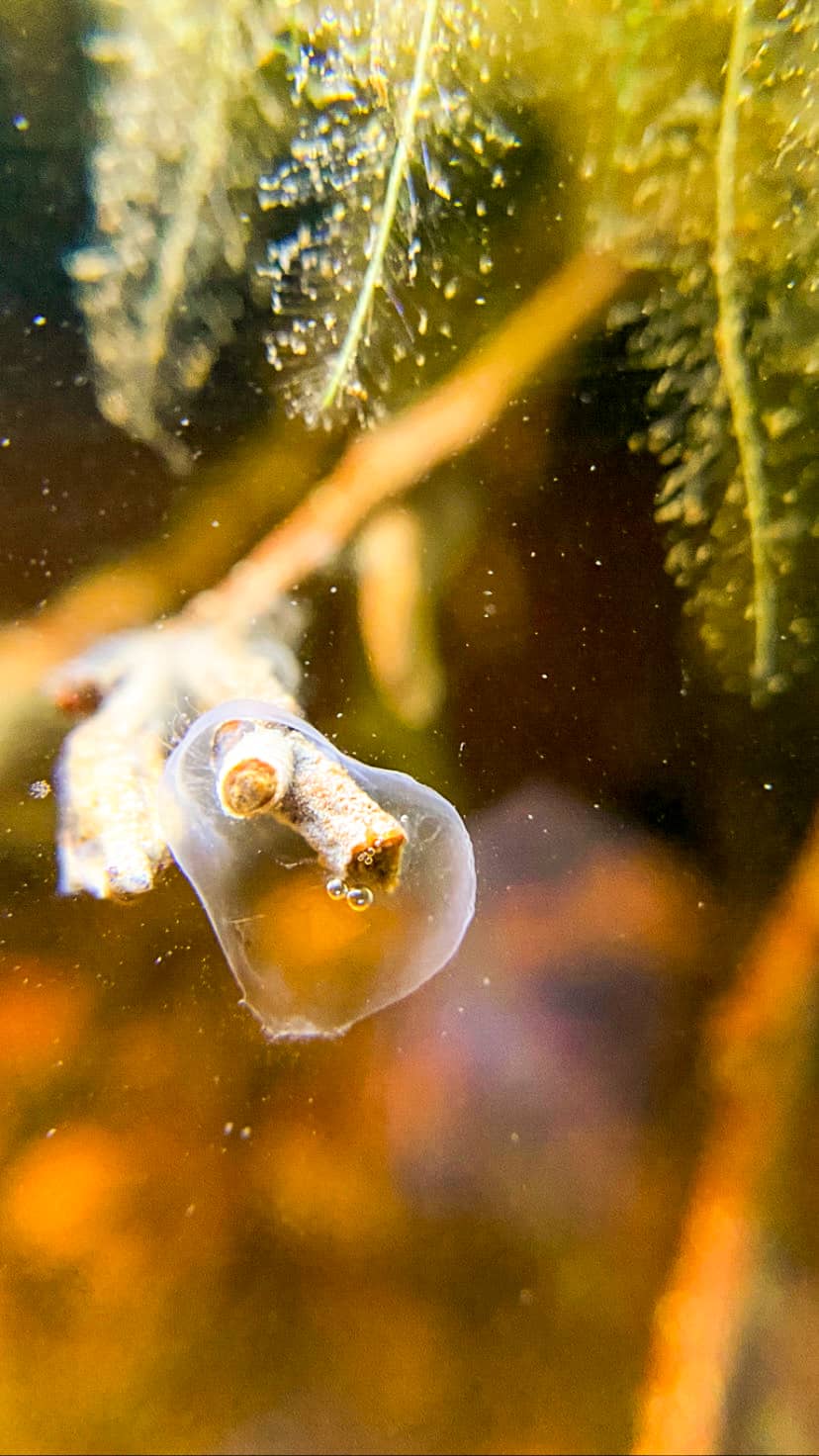Aquarium Botanical FAQs
Aquarium Botanical FAQs
- Please reference our Shipping and Hassle-Free Return Policy at the bottom of the screen. All Products are packaged inside sustainably sourced and renewable sugar cane fibers allowing them to be fully biodegradable and compostable. Yes, you can bury these bags in your backyard to enrich your soils.
- Please refer to our botanical preparation instructions. These Botanicals are grown and harvested in pesticide-free environments and it is recommended to use 2-3 botanical pieces per 5 gallons to start, wait 5-7 days, or for the next water exchange to then add more.
- Our aquarium and vivarium botanicals, leaves, and seed pods are not for human consumption, ever.
Commonly Asked Questions:
1) Will Botanicals Lower The pH Of My Water?
It entirely depends on your water's chemistry. Soft water will allow the botanicals to lower your pH more than if you have medium or hard water. At Betta Botanicals HQ our tap water is Very Hard, ( 350+ppm) and we do not notice a change in water pH unless using Alder Cones or Macaranga Leaves.
2) What Are The Fluffy White Growth On My Botanicals?
White growths are the colonization of biofilms and fungi. We call this the 'goo phase' and it is totally natural. Botanicals are fuel for the ecosystem and the populations of bacteria and fungi will naturally rise and fall.
3) I Don't Keep Bettas. Will These Botanicals Be Okay For My Critters?
100% yes. Our botanicals are for aquariums, terrariums, vivariums, and all natural enclosures wishing to recreate a more natural environment.
4) I Have Goldfish and Axolotls, What Botanicals Should I Avoid?
We DO NOT recommend using botanicals that these fish can ingest. Botanicals like casuarina cones, small alder cones, and live oak are not suited for these animals. Large aquarium leaves like Indian almond, loquat, and jackfruit leaf litter are preferred.
5) When Should I Replace My Aquarium Leaves?
We recommend letting aquarium leaves and seed pods entirely break down into beneficial detritus. You can absolutely remove them after they don’t release tannins anymore, you just won't get all potential benefits of leaving them in the ecosystem.
Natural Wonders of a Botanical Aquarium



Biofilms
'Aquarium Goo'













